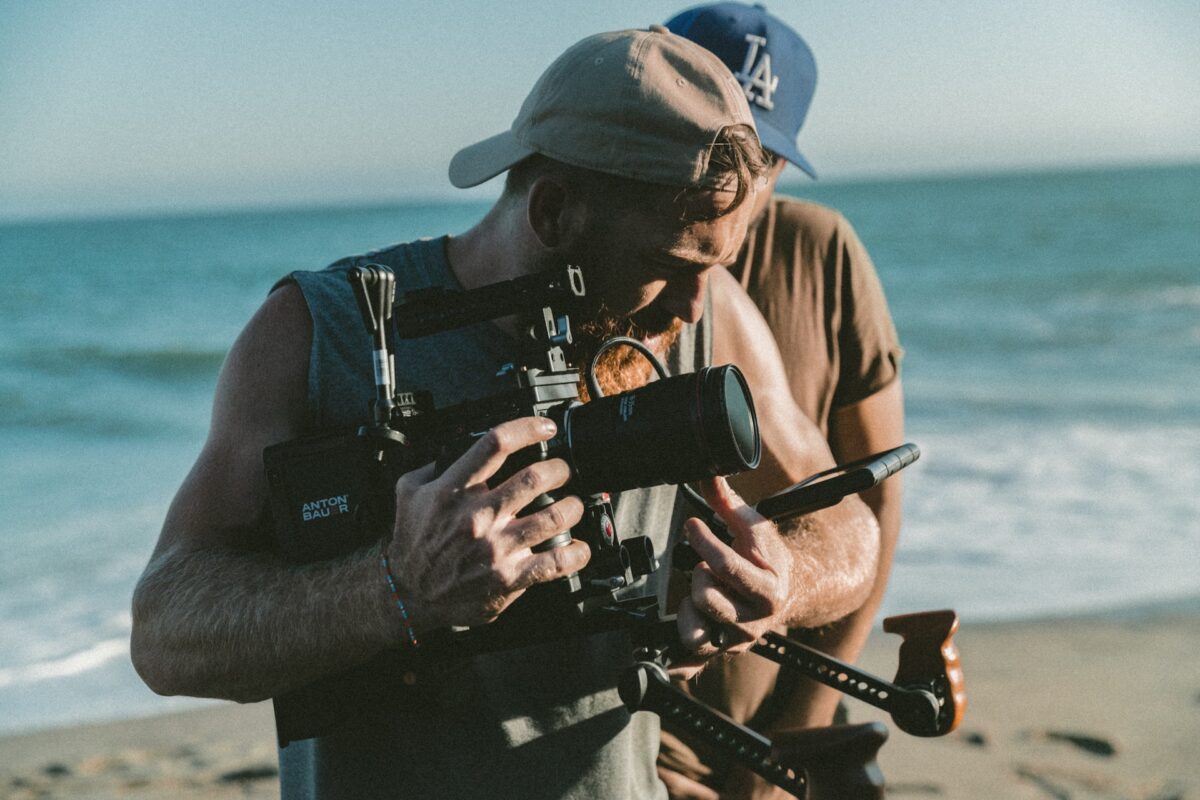Capturing breathtaking footage in challenging environments is a common pursuit. From rugged mountain terrains to scorching deserts, these locations often provide the backdrop for awe-inspiring shots that leave audiences spellbound. However, amidst the allure of creating cinematic magic, the safety of the crew and equipment should never be compromised.
Research and Preparation
Before embarking on any video production journey in a challenging environment, thorough research is paramount. Understanding the unique characteristics of the location, including climate, weather conditions, and terrain, is essential. This research allows video production teams to anticipate potential challenges and risks. Acquiring the necessary permits and complying with local regulations is equally crucial to avoid legal complications during the shoot.
Safety Equipment and Gear
The foundation of a safe shoot is the right equipment and gear. Personal protective equipment (PPE), including helmets, gloves, and goggles, must be worn by all crew members. Proper clothing and footwear suited to the environment are non-negotiable. First aid kits and emergency supplies should be on hand, along with communication tools like radios and satellite phones, to ensure constant connectivity.
Crew Training and Communication
Ensuring the safety of the crew begins with comprehensive training. Crew members should be familiarized with safety equipment and emergency response procedures. Designating a safety officer or coordinator is crucial to maintaining a proactive approach to safety throughout the shoot. Clear communication protocols among crew members help in swiftly addressing any issues or emergencies that may arise.
Weather and Environmental Monitoring
Challenging environments often mean unpredictable weather conditions and potential natural hazards. Continuous monitoring of weather forecasts using apps and other resources is vital. Crew members should also be trained to recognize early signs of changing weather. Additionally, staying informed about local wildlife risks is essential to minimize unexpected encounters.
Safe Transportation
The journey to the shooting location can be as perilous as the environment itself. Choosing appropriate vehicles for challenging terrains and ensuring regular maintenance and inspections are key steps in this regard. Safe driving practices in difficult conditions should be strictly adhered to, reducing the risk of accidents during transit.
Equipment Safety
Expensive video equipment is vulnerable to environmental factors. Safeguarding cameras and electronics from harsh conditions is imperative. Equipment should be securely anchored, and backup power sources should be available to prevent any interruptions in filming.
Hydration and Nutrition
In challenging environments, crew members must stay well-hydrated and maintain proper nutrition for endurance. Planning meals and snacks that provide the necessary sustenance is essential to keep the team energized throughout the shoot.
Emergency Response Plan
A well-structured emergency response plan is a safety net for video production teams. It should include evacuation routes, designated meeting points, and communication procedures. Having local authorities’ contact information and access to emergency services is non-negotiable.
Conclusion
Video production in challenging environments is undoubtedly thrilling. However, ensuring safety should always be the top priority. By meticulously following the safety tips outlined in this article, video production teams can continue to create stunning visuals while safeguarding the well-being of their crew and equipment. Remember, a successful shoot is one where creativity thrives and everyone returns home safely.
